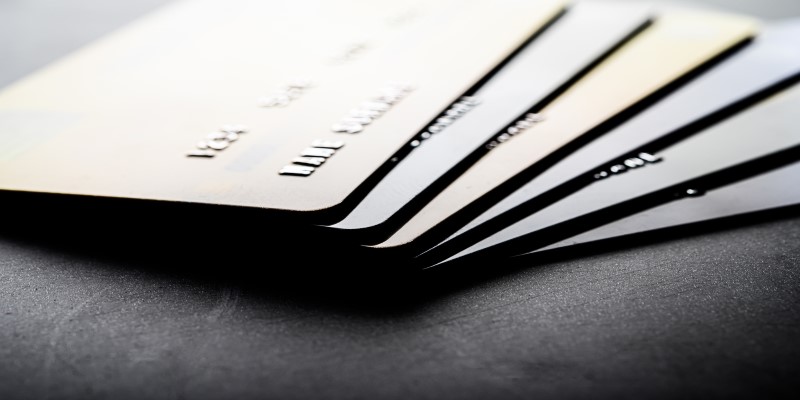In currency exchange rates, "pegging" links one country's currency to another. Set rates frequently establish this relationship, establishing a steady exchange rate. Pegging a country's currency to a more stable one makes it safer. Nations routinely peg the U.S. dollar, the world's currency. This provides pegging of currency confidence in those countries. Pegging may also change the price of a commodity before an option expires, not simply currency. Pegging is planning to affect the market for particular financial assets.
Currency Stability via Pegging
Currency swings make international commercial transactions difficult; thus, many nations peg their currencies. This strategy allows states to retain currency stability relative to other countries, facilitating cross-border commerce. Due to its prominence as the world's reserve currency, pegging to the dollar is common. This practice stabilizes the currency peg, boosting trade partner trust and reducing currency volatility.
Example
The Swiss franc was tied to the euro from 2011 to 2015 in Europe. This strategy countered the franc's capital inflow-induced strength, showing how pegging may regulate currency strength.
Options traders use pegging to manipulate prices outside of international finance. This method involves options writers intentionally influencing the underlying security's price when the option expires. This manipulation protects their financial interest by making the option part from the money (OTM), preventing the buyer from exercising.
Benefits of Currency Pegs

About 25% of nations have utilized currency pegs since the Bretton Woods. This approach has benefited China's economy but bankrupted Argentina. Pegging of currency provides planners with a stable basis, ensures honest and rule-following monetary policy, and reduces uncertainty for governments and companies.
A Solid Planning Foundation
Currency peg helps nations arrange their finances while trading oil and food grains. Governments usually make these arrangements in foreign currencies, notably the U.S. dollar, the world's currency. Exchange rates are stabilized via currency pegs. This allows governments to plan revenue and spending without rate changes.
No currency pegs make it impossible for governments to estimate how much currency they need to buy Forex items. Rates that vary often make planning and meeting foreign cash demand difficult. Stable currency values allow countries to trade internationally with confidence and preparation.
Trustworthy Monetary Policy
Poor and crime-stricken third-world cities in South America, Asia, and Africa prefer currency pegs. These nations' citizens sometimes need to trust their leaders' monetary policies. Instead of allowing their leaders to generate hyperinflation like Zimbabwe's Robert Mugabe, many countries seek outside monetary policy control.
Outsourcing monetary policy to industrialized nations is a comfort, but it only partially decreases the danger of local politicians destroying things. However, currency pegs make it more challenging for politicians to manipulate interest rates and wreck the economy. These countries aspire to improve their monetary policies by employing a stable currency. This reduces hyperinflation and financial mistakes.
Less Volatility
Local firms benefit from pegged currencies because they can foresee overseas sales. It's straightforward to estimate global prices and demand, which is a significant benefit. Pegging currency meaning this stability, shields local enterprises from currency rate risk, offering them a competitive edge.
In countries with floating currencies, rivals must add a risk premium to their expenses to deal with foreign exchange concerns. This risk premium offsets currency uncertainty. Without these dangers, businesses in currency-pegged nations may set pricing more deliberately and compete.
Drawbacks of Currency Pegs

Foreign Influence Rises
Currency pegs expose countries to more foreign influence in their domestic issues since their monetary policy depends on another nation. This greater dependency on foreign policy might lead to disputes, as shown by the Pound Sterling assault. British authority over internal affairs was lost when it pegged its currency to the Deutschemark. When the German Bundesbank raised interest rates to combat inflation, the Bank of England could not match its preferences, hurting the British pound.
Speculative Attacks
Speculators target currency pegs significantly when the currency deviates considerably from its fundamental value. Freely floating currencies use market processes to fix discrepancies quickly. However, central bank-manipulated currency pegs can enable significant differences between actual and market values. Financial funds with deep pockets can exploit these loopholes, causing devaluations through speculation.
Several attacks have forced countries to relinquish their pegs and let their currencies float. Beyond financial markets, speculative assaults hurt citizens through overseas trade and investment losses. Free-floating currencies are less vulnerable to speculative attacks because market forces maintain them close to their intrinsic values.
Economic Rigidity
Currency peg limits a country's capacity to adjust monetary policy to local economic realities, causing financial rigidity. A floating currency would allow modifications, but a fixed exchange rate may not match the country's economic realities. This inflexibility can make confronting inflation, unemployment, and economic shocks harder.
Competitive International Trade Pricing
Countries may keep export prices low by pegging to the U.S. dollar. A stable pegged currency keeps exports competitive as worldwide transactions are denominated in U.S. dollars. This stability benefits countries that depend on foreign commerce for their livelihood. Several countries peg their currencies to the U.S. dollar for economic reasons. Famous examples include:
- Belize Dollar (BZ$): Pegged at a rate of 2.00 to the U.S. dollar.
- Cuba Convertible Peso (CUC): Maintains a fixed exchange rate of 1.000 to the U.S. dollar.
- Hong Kong Dollar (HKD): Pegged at 7.76 to the U.S. dollar.
- Panama Balboa (PAB): Fixed exchange rate of 1.000 to the U.S. dollar.
- Saudi Arabia Riyal (SAR): Maintains a peg of 3.75 to the U.S. dollar.
- United Arab Emirates Dirham (AED): Pegged at a rate of 3.673 to the U.S. dollar.
Economic factors have led these countries to align their currencies with the U.S. dollar's stability and worldwide popularity. Pegging a currency to the U.S. dollar helps countries maintain peace, compete in international commerce, and profit from the dollar's worldwide supremacy. Dollar pegging is chosen for many reasons, but the purpose is to anchor a nation's currency in a dependable and internationally recognized benchmark.



